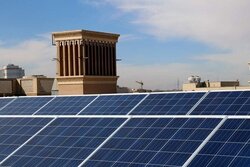
EU should ‘reset’ ETS supply cap next year: Sandbag
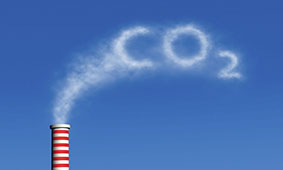
The UK is due to exit the EU ETS at the end of this year, having had its participation in the scheme extended during the continuing Brexit transition period, with this departure coinciding with the carbon market's shift from its current third trading phase (2013-20) to phase four (2021-30).
And with this meaning that the EU ETS supply cap — the overall number of carbon allowances in circulation in the market — requires revision to reflect a smaller number of participating nations, the EU should take the opportunity to reset the phase four cap completely to a level that better reflects recent GHG emissions output under the scheme, Sandbag EU ETS analyst Eliot Tabet told Argus.
A large surplus of EU ETS allowances has built up over the course of phase three, with emissions from sectors covered by the market having fallen faster than expected as member states have imposed carbon pricing measures on national bases that have undermined the effectiveness of the wider European market.
The EU last year introduced a Market Stability Reserve (MSR) mechanism in a bid to reduce the size of this surplus by removing roughly a quarter of the excess each year until 2023. But with the market containing a much larger number of unused allowances than had been predicted, the MSR will struggle to fully tackle the size of the surplus, especially if its annual withdrawal rate is slowed to just 12pc/yr from 2024 as currently planned, Tabet said.
Instead, resetting the market's supply cap next year at a level much closer to current output would enable the EU to remove the entirety of the surplus at once and ensure that covered sectors are put on a trajectory to reach climate neutrality by steadily decreasing the cap each year to eventually reach zero by 2050, he said.
"The surplus will be larger than anyone has foreseen, making the MSR less relevant unless it is adjusted," Tabet said. "This is why we are calling for the cap to be reset. In any case, the end point of it will have to be set to 2050 net zero and, with Brexit, we will have to restart the cap anyway. We should use that to remove the surplus and not carry it into the next phase."
The EU ETS supply cap at present stands at roughly 1.8bn t of CO2 equivalent (CO2e), but actual emissions under the scheme are estimated to have only amounted to about 1.5bn t CO2e last year — a level to which the cap is not currently due to fall until the late 2020s.
Emissions produced under the EU ETS this year are also expected to fall significantly, as the Covid-19 pandemic has cut power demand, industrial activity and air travel. Actual output in 2020 could turn out to be up to 20pc below the supply cap, further increasing the urgency that the market's surplus is addressed before the start of its next trading phase, Sandbag's EU engagement lead, Suzana Carp, said.
The rate at which the cap falls each year is determined by the market's linear reduction factor (LRF). This is due to be accelerated to a 2.2pc annual rate for phase four, from 1.74pc/yr currently, but Sandbag has called for the EU to raise it even further, to at least 4.2pc/yr to allow for this mechanism to absorb an expected additional build-up of surplus allowances during phase four caused by coal-fired plant phase-outs across Europe.
But even if this is done, a quicker LRF alone will be unable to pull ETS supply down sufficiently, and adjusting the market cap must be the priority measure, Tabet said.
"Yes, the LRF should be changed, but that changes when the cap changes as well," he said. "Because of the large surplus that the ETS will end phase three with, the LRF cannot solve the problem, because it takes a set amount out every year."
The UK government plans to replace the country's EU ETS participation with a new national ETS, with a view to then linking this scheme directly back to the EU carbon market. And reviewing the EU ETS supply cap in the wake of the UK's planned full departure from the EU could therefore be complicated if emitters in continental Europe are still able to use allowances issued under the UK programme for compliance in the wider market.
But with the viral pandemic having virtually ground to a halt UK political policy making and talks with the EU over a potential ETS link, it may now be ambitious to expect a fully linked domestic ETS scheme to be launched in time for next year.
By Jonathan Sims


Samarco gets court approval to exit bankruptcy proceedings
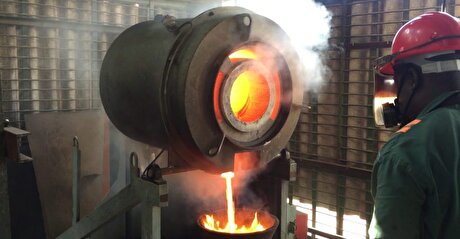
Zimbabwe labs overwhelmed as gold rally spurs exploration, miner says

Cochilco maintains copper price forecast for 2025 and 2026

Gold price stays flat following July inflation data

Mosaic to sell Brazil potash mine in $27M deal amid tariff and demand pressures

Glencore seeks $13 billion in incentives for Argentina copper projects

HSBC sees silver benefiting from gold strength, lifts forecast
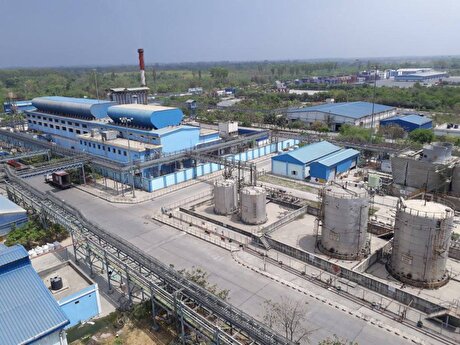
Hindustan Zinc to invest $438 million to build reprocessing plant

Samarco gets court approval to exit bankruptcy proceedings

Abcourt readies Sleeping Giant mill to pour first gold since 2014

Roshel, Swebor partner to produce ballistic-grade steel in Canada

EverMetal launches US-based critical metals recycling platform
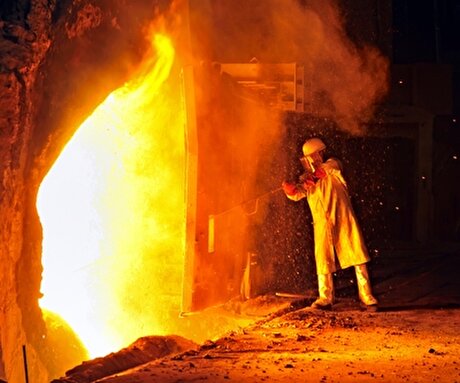
Iron ore price dips on China blast furnace cuts, US trade restrictions

Afghanistan says China seeks its participation in Belt and Road Initiative
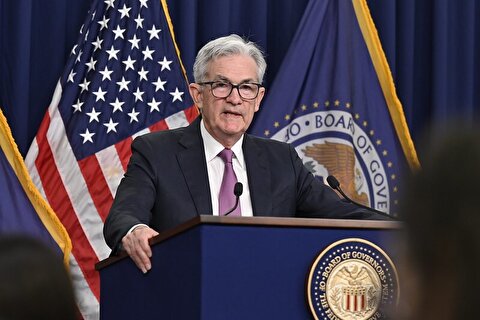
Gold price edges up as market awaits Fed minutes, Powell speech
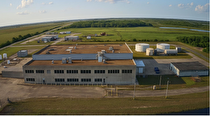
Flash Metals USA advances critical minerals recovery plant in Texas
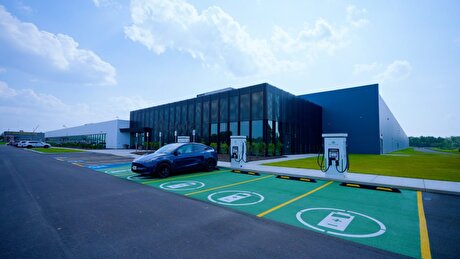
Glencore trader who led ill-fated battery recycling push to exit

US hikes steel, aluminum tariffs on imported wind turbines, cranes, railcars

US appeals court temporarily blocks land transfer for Resolution Copper

Abcourt readies Sleeping Giant mill to pour first gold since 2014

EverMetal launches US-based critical metals recycling platform

Iron ore price dips on China blast furnace cuts, US trade restrictions

Afghanistan says China seeks its participation in Belt and Road Initiative

Gold price edges up as market awaits Fed minutes, Powell speech

Flash Metals USA advances critical minerals recovery plant in Texas

Glencore trader who led ill-fated battery recycling push to exit

US hikes steel, aluminum tariffs on imported wind turbines, cranes, railcars

US appeals court temporarily blocks land transfer for Resolution Copper

